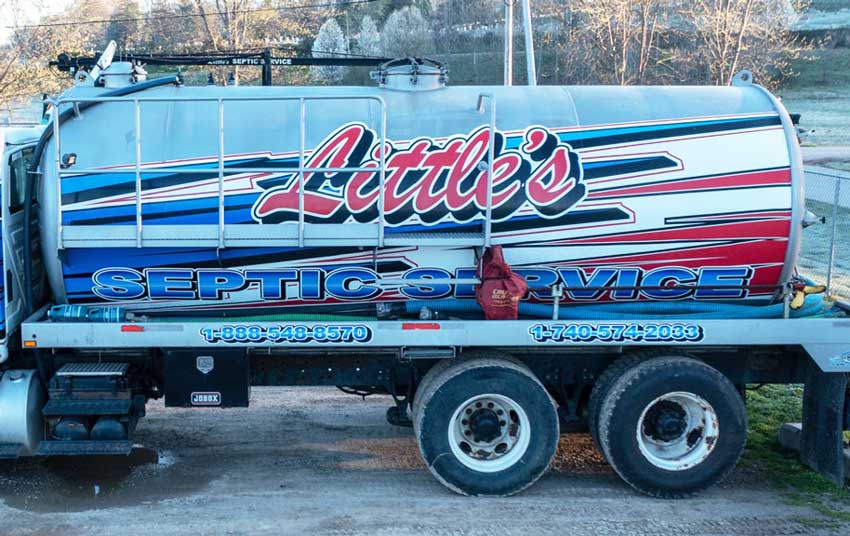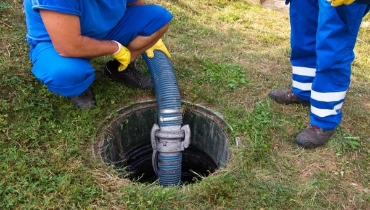The 4-Minute Rule for Stillwell Septic And Grading
The 4-Minute Rule for Stillwell Septic And Grading
Blog Article
Facts About Stillwell Septic And Grading Revealed
Table of ContentsNot known Factual Statements About Stillwell Septic And Grading Stillwell Septic And Grading - An OverviewStillwell Septic And Grading Fundamentals ExplainedSome Known Details About Stillwell Septic And Grading The Ultimate Guide To Stillwell Septic And GradingThe 25-Second Trick For Stillwell Septic And Grading8 Easy Facts About Stillwell Septic And Grading Explained
In general, septic storage tank setup is a complex procedure that requires cautious planning and implementation. Home owners ought to function with a trusted setup team and understand regional regulations and demands to make certain that their septic tank functions effectively for many years to come. After the septic system has been mounted and linked to the drainpipe field, it is time to backfill the area.The backfill product should be devoid of clods, huge rocks, icy matter, and debris that can result in spaces in the backfill that might enable working out with time. Crushed rock or pea gravel 1/2-inch in size is preferred if native materials are not proper. As soon as the backfilling is complete, it is time to landscape the location.
Once the septic tank has been set up, it is essential to examine it to make sure that it is working appropriately (Septic Inspection). https://www.openstreetmap.org/user/stillwellsag. Checking the system involves inspecting for leakages, ensuring that the storage tank goes to the proper degree, and examining the drainpipe area. One of the most typical examinations performed is the hydraulic load test
Fascination About Stillwell Septic And Grading
The water is after that kept track of to make sure that it moves appropriately with the pipes and into the drain area. If the water does not move appropriately or backs up right into the container, it might suggest an issue with the system. One more examination that is frequently carried out is the color test.
The dye is then monitored to make sure that it flows properly with the pipes and right into the drainpipe field. If the color does not flow correctly or shows up in the wrong area, it might indicate a problem with the system. It is important to have an expert perform these examinations to ensure that they are done correctly.
Everything about Stillwell Septic And Grading
Here are some important pointers for house owners to keep their septic tank: The average household septic tank need to be checked a minimum of every 3 years by a septic solution expert. The regularity of pumping depends upon the dimension of the container and the variety of individuals utilizing it. https://www.blogtalkradio.com/stillwellsag. A basic guideline is to pump the container every 3 to 5 years
Making use of water-efficient fixtures and devices, such as low-flow showerheads and commodes, can lower water usage and help the septic tank job more efficiently. Only flush toilet tissue and human waste down the commode. Prevent purging anything else, including feminine hygiene products, baby wipes, and food preparation oil, as they can obstruct the system.
Stillwell Septic And Grading for Dummies
Septic system installment is a complicated process that calls for cautious preparation and implementation. House owners must recognize the needed steps entailed in the setup process to make certain that their septic system operates correctly and efficiently. The initial step is to review the site where the septic system will be mounted.
Once the website has actually been reviewed, the following step is to prepare for the setup. House owners have to ensure that their contractor is experienced in septic storage tank installment and will function along with them throughout the procedure.
The Best Strategy To Use For Stillwell Septic And Grading

Property owners need to know the needed actions involved in the installment process to ensure that their septic tank works properly and effectively. By complying with these steps and preserving their system, homeowners can feel confident that their septic tank will give trusted wastewater treatment for several years to find.
Virtually one in five United state homes have septic systems. If you're not effectively maintaining your septic system, you're not only harming the atmosphere, you're placing your family's wellness at riskand might be purging thousands of dollars down the drain!
What Does Stillwell Septic And Grading Do?

All that added water can actually stress your septic system. This can be valuable especially if your system has actually not been pumped check my source in a long time.
What Does Stillwell Septic And Grading Do?
Know your system's place. When you have the container pumped, attract a representation or map showing its area in relation to taken care of factors - corners of the house, actions, or fencing articles.
Excessive water can harm it. Don't dig, build, or plant anything apart from grass over the drainfield. Preserve water. Septic Inspection. Lower the quantity of wastewater that must be dealt with and thrown away by your system: Clean no more than one or two tons of clothes daily. As much as 53 gallons of water flooding your septic system with each load, so it's best to spread laundry out over the week.
Report this page